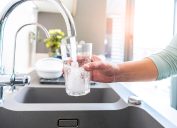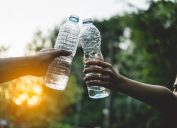Don't Drink the Tap Water If You're Traveling to These Places in 2024
Stay healthy and hydrated on your next vacation.
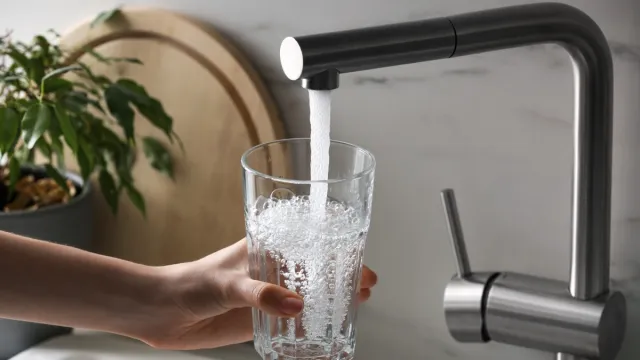
It's not uncommon to get sick when you travel—after all, in exposing yourself to new places and experiences, you're also exposing yourself to some unfamiliar germs. Drinking contaminated water is one of the quickest ways to wind up feeling under the weather, and in many places around the world (parts of the U.S. included) you can get that contaminated water straight from the tap.
That's why, if you're hoping to avoid serious gastrointestinal symptoms on your next vacation, it's best to read up on the food and water safety guidelines for your specific destination before packing your bags. In the meantime, read on to find out how the Centers for Disease Control and Prevention (CDC) breaks down the regions in which tap water is and isn't considered safe to drink.
RELATED: TSA Recommends 10 Things to Do Before Flying in New Winter Warning.
You should avoid drinking tap water in most countries around the world.
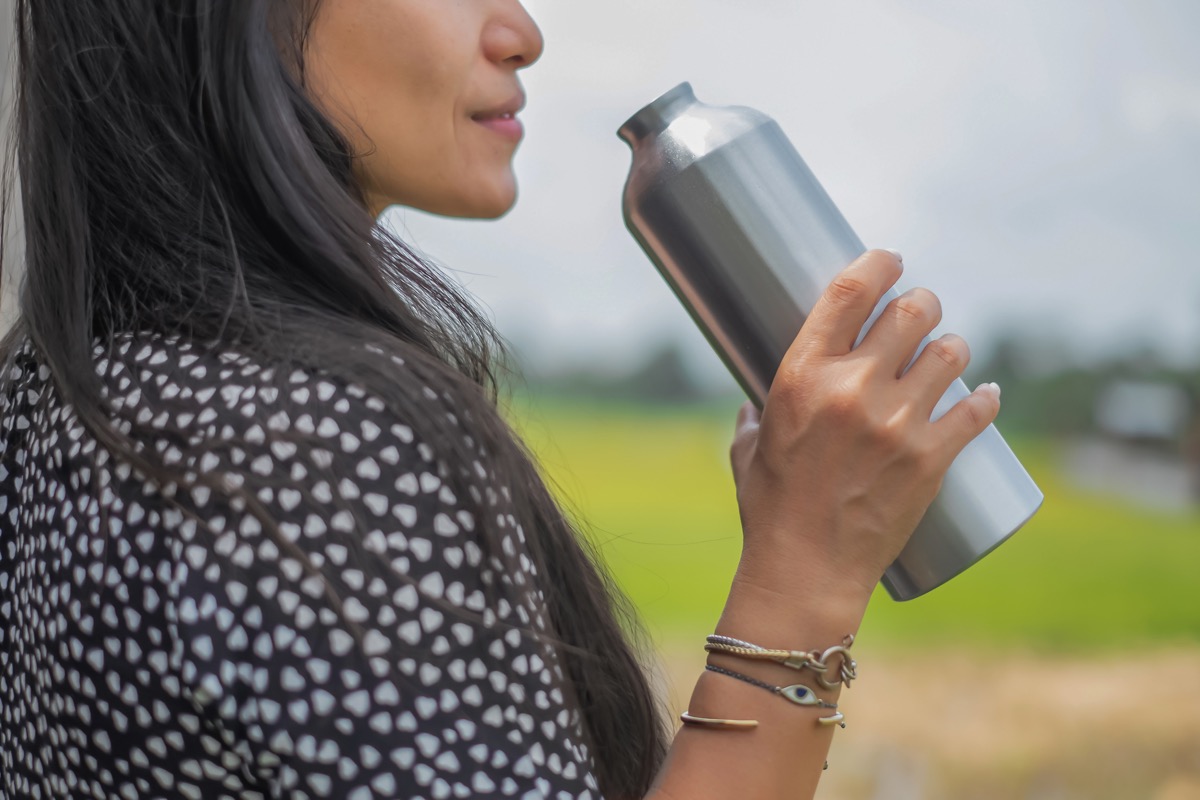
You might be shocked to learn that when you travel, you should avoid drinking tap water in the vast majority of destinations—at least according to a recent infographic made by digg, based on CDC advisories and Yale's Environmental Performance Index, "which rates and monitors global water quality."
However, as an article in Globehunters previously explained, this doesn't necessarily mean that the water is "unsafe or polluted, just that as a tourist, your body will not be used to water in that area."
So few countries were spared from warning, it's easier to list the countries in which you can drink the water than the ones where you can't, based on the CDC's recommendations.
The United States, Canada, much of Western Europe, Australia, and New Zealand are all considered safe places to drink the tap water if you're coming from the U.S.
However, the infographic implies that travelers should avoid tap water throughout all of Asia except Japan and South Korea, all of South America besides Chile, and all of Central America except Costa Rica. Similarly, most of the Middle East—besides Bahrain, United Arab Emirates, and Saudi Arabia—came with water warnings, as did the entire continent of Africa.
Any time you plan a trip, it's a good idea to check the recommendations for your specific travel destination. However, even if water is considered unsafe to drink directly from the tap, you may still be able to drink it if it has been properly treated.
"In most developing countries, you should avoid drinking tap water (and fountain drinks mixed with tap water) unless you know that tap water has been boiled, filtered, or chemically treated with chlorine or iodine to disinfect it," writes Harvard Health Publishing.
RELATED: This Simple Hack to Unlock Hotel Safes Is Why You Should "Never Trust" Them.
This is the safest way to stay hydrated while traveling.
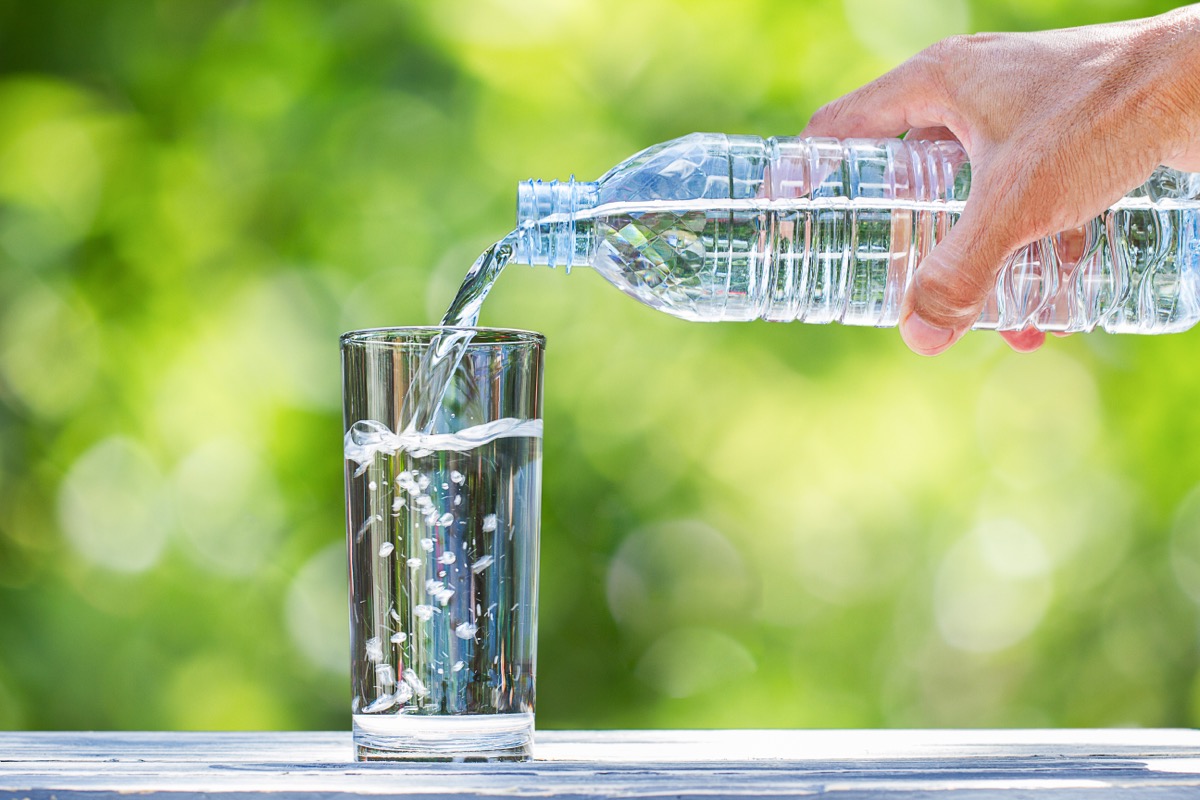
Sticking to pre-packaged beverages is your safest bet for preventing a major health misstep while traveling abroad.
"Sealed drinks, including water, juice, and soda, are usually safe," note the Harvard experts. "Carbonated beverages are safest because the presence of bubbles indicate that the bottle or can has been properly sealed."
Don't forget—if you pour a bottled beverage over ice, you may still be at heightened risk. "Ice is usually made from tap water and should be avoided in all beverages," say the Harvard experts. "Even in mixed drinks, the alcohol content may not be high enough to kill the bacteria in the ice; order those drinks neat or straight up rather than on the rocks."
They also suggest using bottled water to brush your teeth in areas where the tap water is deemed unsafe.
For more travel news sent directly to your inbox, sign up for our daily newsletter.





